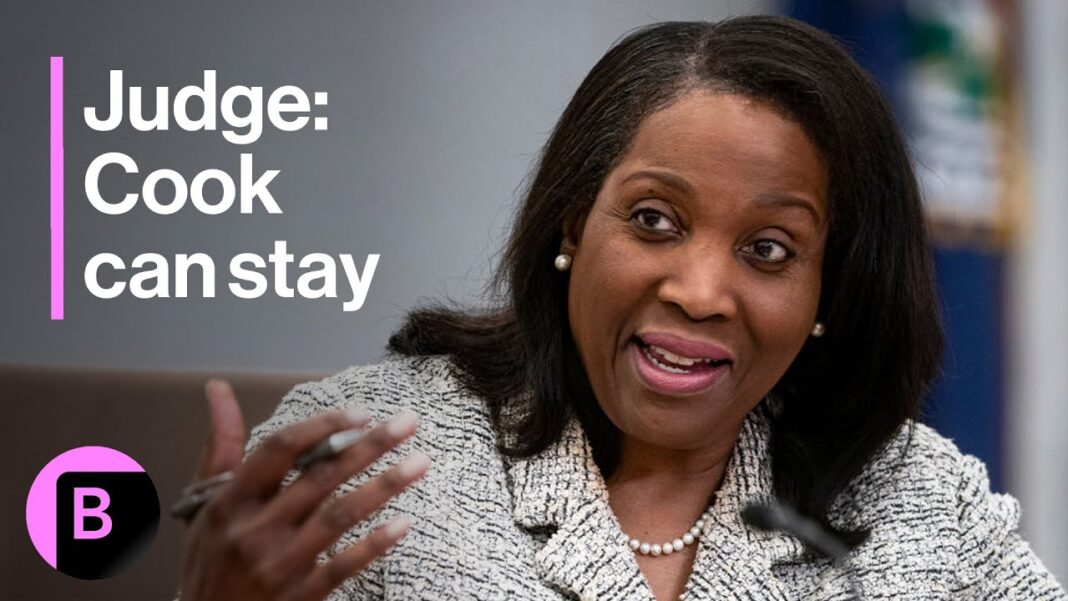A recent big revision to jobs data has cast doubt on the government’s data collection methods and raised questions about the Fed’s interest rate decisions.
Accurate information on the jobs market and inflation is critical for U.S. policymakers; it’s the Bureau of Labor Statistics’ (BLS) core mission. In recent years, the bureau has faced scrutiny over claims that its jobs data may be unreliable and biased.
That pressure intensified on Sept. 9 when the BLS issued its largest-ever revision, retroactively lowering jobs growth by 911,000 for the 12 months ending in March 2025.
The Trump administration criticized the revision, which showed the U.S. economy added nearly 76,000 fewer jobs per month than first reported, mostly under the Biden administration.
“President [Donald] Trump was right: Biden’s economy was a disaster and the BLS is broken,” White House press secretary Karoline Leavitt said in a statement on Sept. 9.
On the same day, Trump posted on Truth Social, quoting Jay Hatfield, CEO of Infrastructure Capital Advisors, who told Fox Business: “The entire organization is broken. It needs to be fixed. They need to use modern sources of information.”
Hatfield said if the Fed had “followed what we published, they would have raised rates in early 2021.”
The BLS plays an important role in shaping the Federal Reserve’s monetary policies, as its monthly reports on payroll growth, unemployment, and wages feed directly into the central bank’s view of the labor market. Strong employment data can prompt the Fed to raise interest rates to rein in inflation, while weak numbers may lead to rate cuts aimed at stimulating economic growth.
Because these decisions directly impact borrowing costs for households and businesses, from mortgages and auto loans to business financing, the accuracy and credibility of BLS data are essential, according to experts. Problems in data not only risk misleading policymakers but can also disrupt markets and impact economic activity.
The revisions are happening because the methods used by the BLS for estimating job growth are outdated, according to Sean Higgins, a research fellow at the Competitive Enterprise Institute specializing in labor and employment issues.
“It’s mostly almost like an analog level system where they just send out surveys to businesses and wait till the surveys trickle back in,” Higgins told The Epoch Times.
BLS also has staff in the field who conduct statistical samples, he noted, visiting businesses to ask about payrolls and monthly performance.
“That’s not necessarily bad information, but is a sort of definitive number for the entire economy,” he said.
Trump began voicing his frustration with the BLS on Aug. 1, when the agency announced that the U.S. economy added just 73,000 jobs in July, well below economists’ expectations. The announcement also included downward revisions of 253,000 jobs for the months of May and June.
Trump suggested that the employment numbers were “manipulated for political purposes.”
“I was just informed that our Country’s ‘Jobs Numbers’ are being produced by a Biden Appointee, Dr. Erika McEntarfer, the Commissioner of Labor Statistics, who faked the Jobs Numbers before the Election to try and boost Kamala’s chances of Victory,” he wrote on Aug. 1 on Truth Social.
He then removed McEntarfer from her role and nominated E.J. Antoni, chief economist at the Heritage Foundation and a longtime critic of the agency, to lead the BLS.
“I care much less about these official numbers than I do about the American family’s standard of living and their cost of living,” Antoni told Jan Jekielek, host of “American Thought Leaders,” in a June interview.
“Don’t pay so much attention to what the government is telling you the official numbers say. Pay more attention to your personal pocketbook because at the end of the day, that’s what really matters.”







